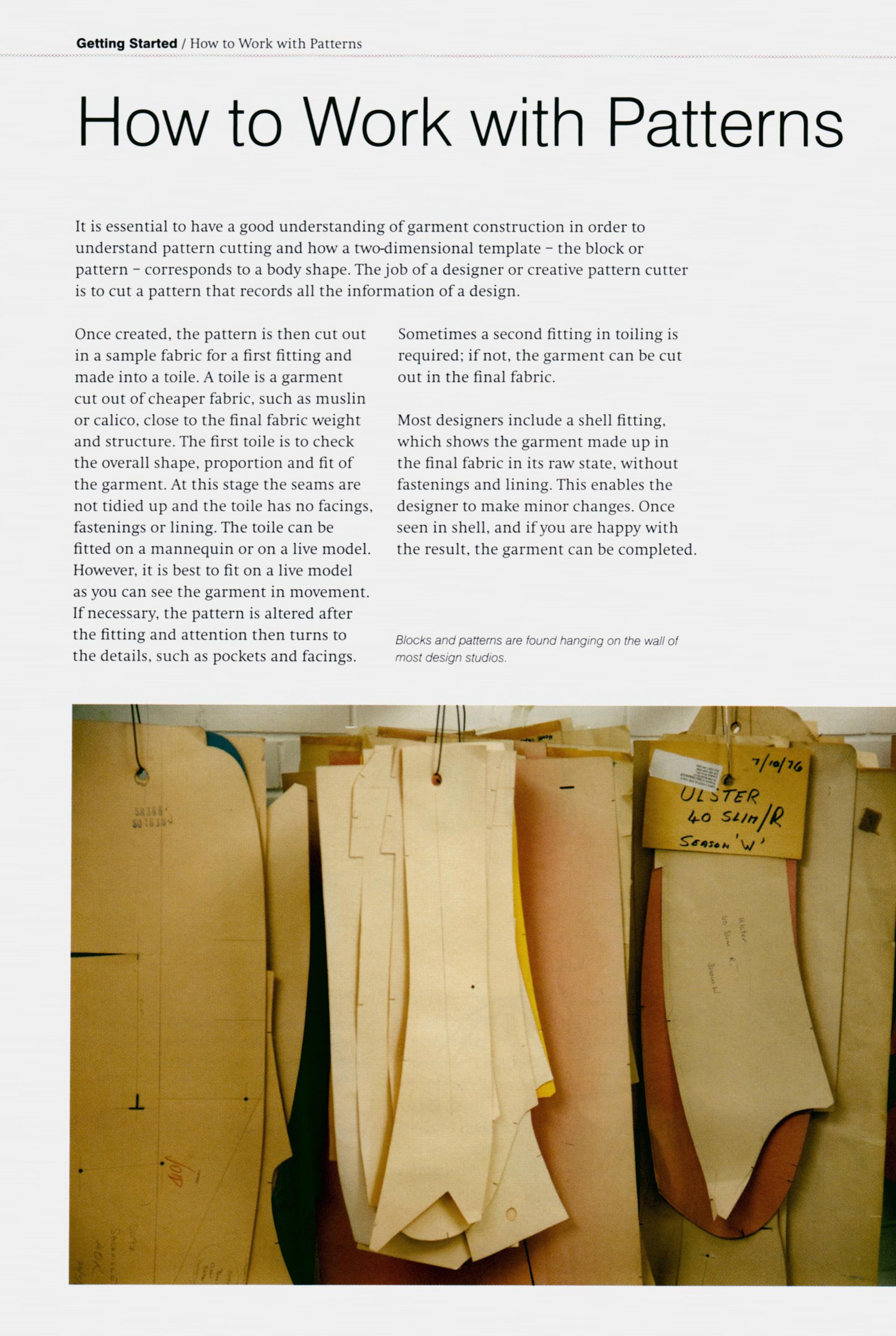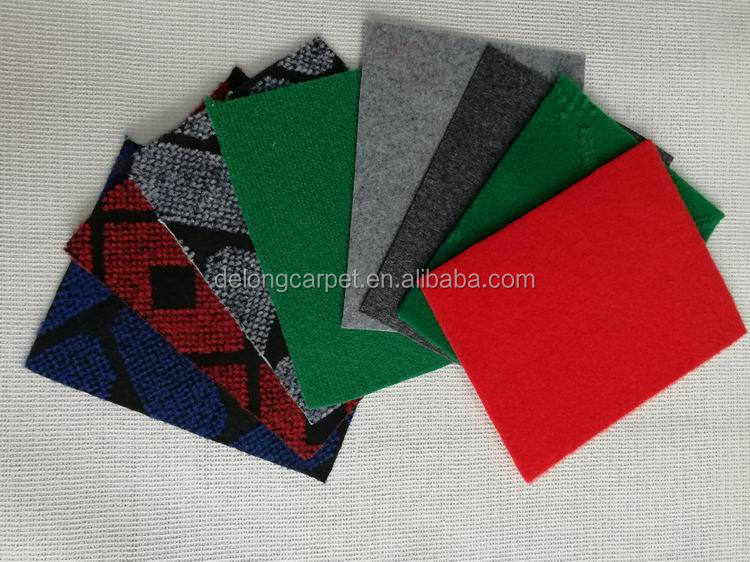Title: The Creation of Carpets: A Detailed Process from Fiber to Finish
Carpets, a beautiful and functional art form, undergo a meticulous process from their raw fiber to their finished product. This intricate process involves the selection of the finest fibers, which are then processed and transformed into yarn. The weaving process is highly skilled, with intricate patterns and designs carefully crafted into the carpet. After weaving, the carpet is subject to a series of finishing touches, including dyeing, trimming, and cleaning, before it is ready to grace any home or public space. This attention to detail ensures that each carpet is a unique piece, reflecting both functionality and artistry.
Carpets, a beautiful and functional piece of art, have been a part of human history for centuries. From the humble beginnings of hand-knotting in ancient Persia to the industrial production lines of today, the carpet-making process has evolved significantly. However, the basic steps in creating a carpet remain the same. This article delves into the fascinating world of carpet production, from fiber selection to the final product.
The journey of a carpet starts with the selection of fibers. The two primary factors considered are the fiber's durability and the desired look and feel of the finished carpet. Traditional fibers such as wool, silk, and cotton, are still widely used today due to their natural qualities and aesthetic appeal. However, synthetic fibers like nylon and polyester have also gained popularity due to their affordability and durability.

The next step is to convert these fibers into yarn. This is achieved through spinning, a process that twists and plies the fibers together to create a stronger, more manageable thread. The type of spinning used depends on the type of fiber and the desired texture of the yarn. For example, wool fibers are usually spun into a smooth, shiny yarn, while cotton fibers are spun into a more rough and organic yarn.
Once the yarn is ready, it's time to weave the carpet. Here, skilled weavers use traditional or modern looms to create a design or pattern in the carpet. The loom acts as a frame, holding the yarn in place while the weaver interlaced them to form the desired pattern. Traditional Persian carpets, for instance, often feature intricate geometric patterns and symbolic images that tell stories about life, love, and death.
After the carpet is woven, it's time for the dyeing process. Here, artisans use natural or synthetic dyes to bring out the colors in the yarn. The dyeing process can be done before weaving (known as pre-dyeing) or after (known as post-dyeing). Pre-dyeing allows for more intricate color mixing, while post-dyeing gives the weaver more flexibility in terms of color selection.

The final step is finishing and trimming. Here, the edges of the carpet are finished using a special technique called fringing. This involves taking long threads from the loom and tying them together at regular intervals to create a decorative border. The fringing not only enhances the aesthetic appeal of the carpet but also strengthens its edges, preventing them from unraveling.
Carpets are not just functional floor coverings; they are also works of art that tell stories about culture, tradition, and craftsmanship. From their humble beginnings in ancient Persia to the industrialized production lines of today, carpets have come a long way. However, no matter the changes in technology and production methods, the basic steps in creating a carpet remain the same. From fiber selection to finishing, each step is carefully crafted to ensure that the final product is not just a beautiful work of art but also a functional and durable floor covering that can stand the test of time.
Articles related to the knowledge points of this article:
Which is the Best Brand of Down Jacket?
Title: Mastering the Art of Tie Tying: A Comprehensive Guide to Tie Knots
Title: Mastering the Art of Tie Tying: A Comprehensive Tutorial on How to Tie a Tie
Title: Mastering the Art of Tie Knots: A Comprehensive Guide to Tying a Perfect Necktie
The Art of Tie Knotting: How to Match a Grey Suit with a Winning Tie



